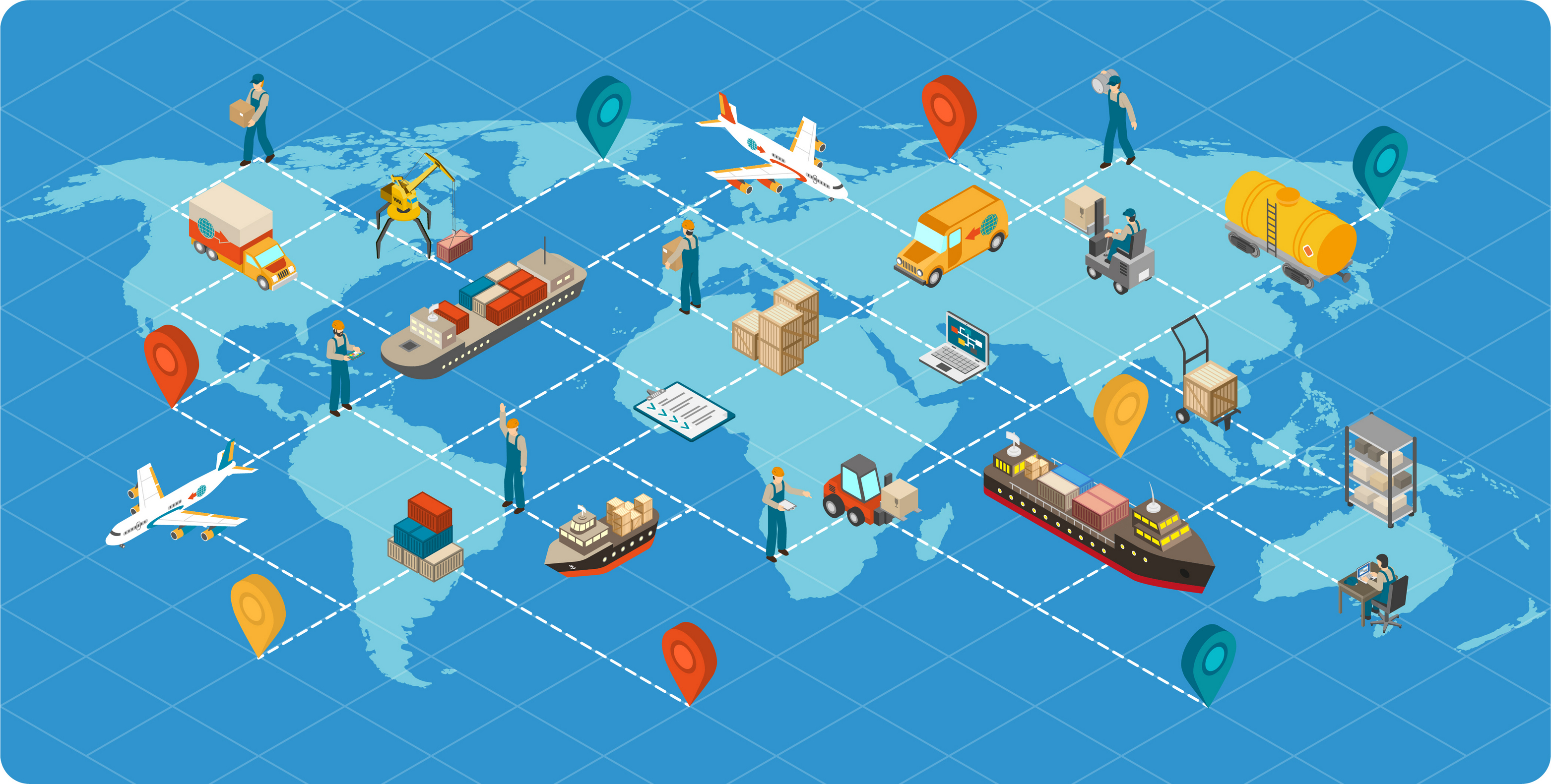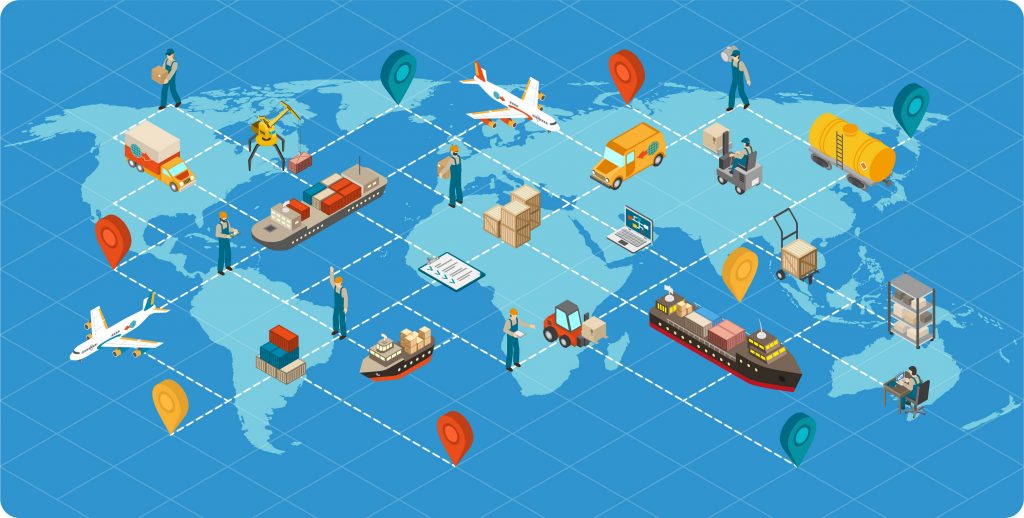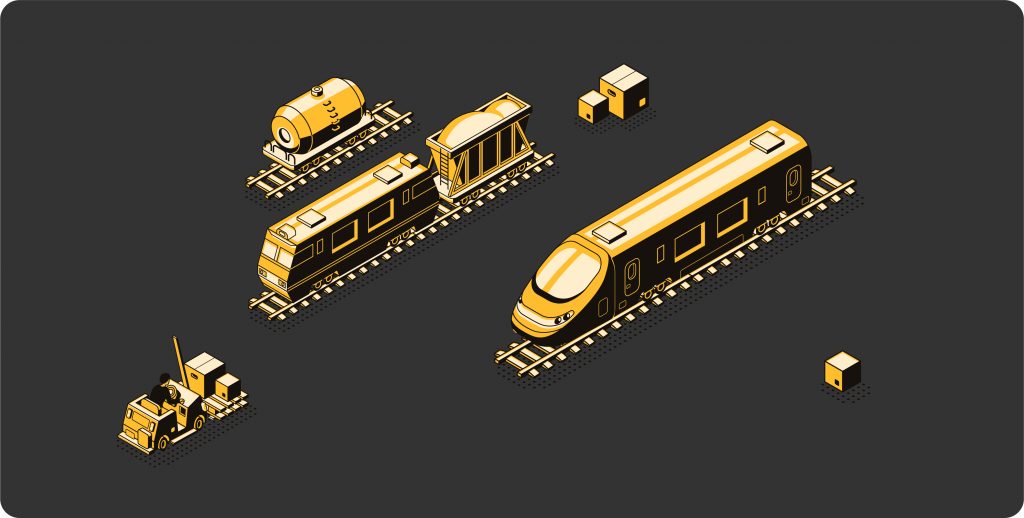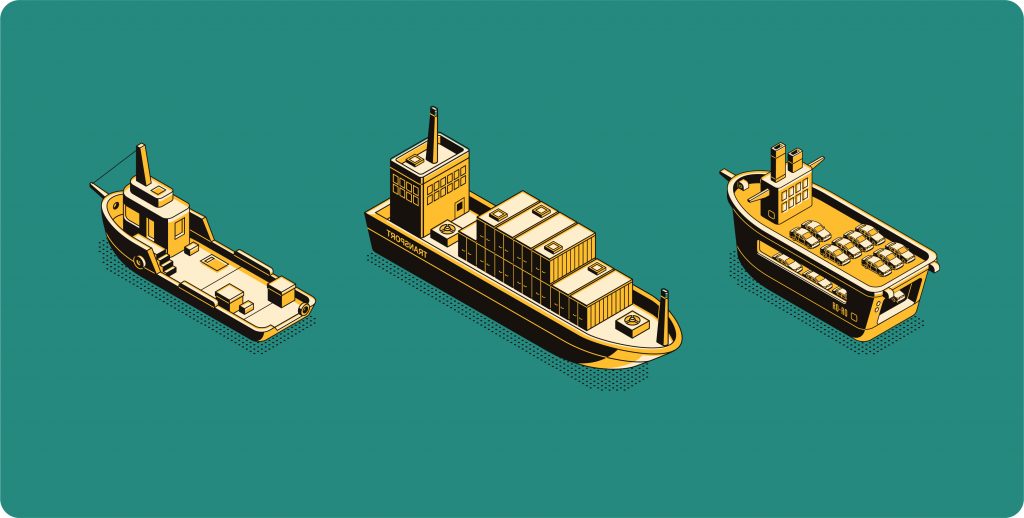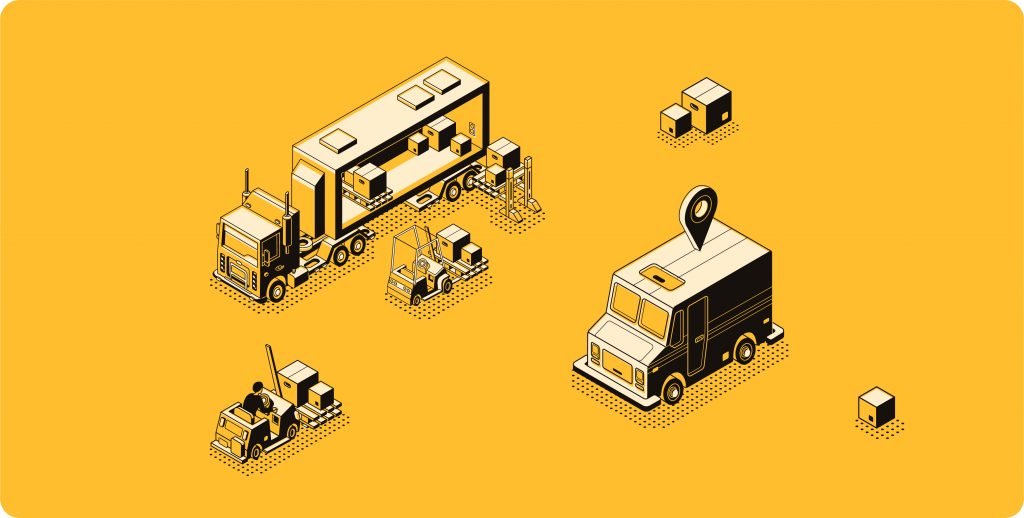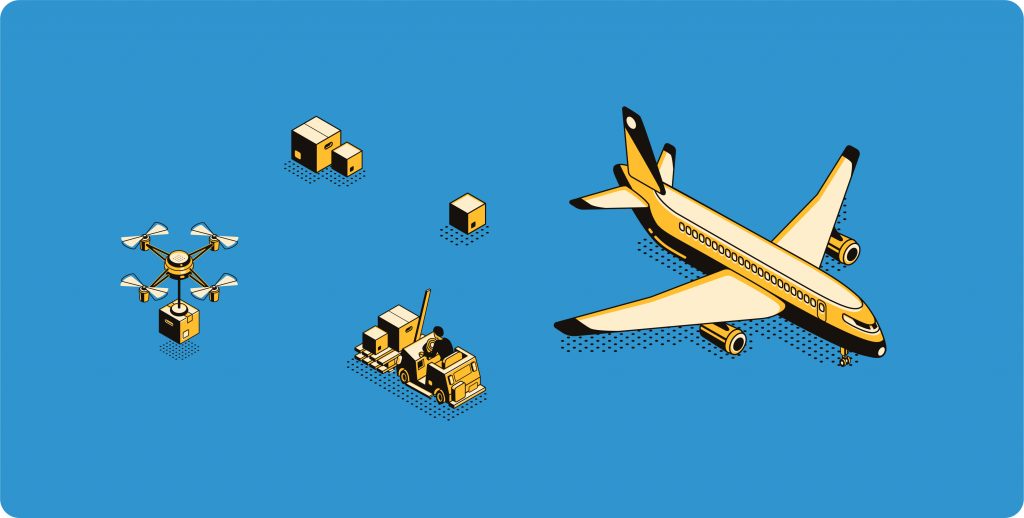Supply chains and logistics involve a lot of moving parts. Keeping track of these items and getting them securely and intact from point A to point B is an art form that often goes under the radar. Among the most frequently occurring challenges in the global supply chain is tracking where products are at any given time, whether they are in good condition and where they are heading to. That’s the key question logisticians ask themselves on a daily basis in order to ensure they are going to have enough inventory in the right place at the right time using the IoT technology.
written by:
Anastasia Borodinets
Supply chains and logistics involve a lot of moving parts. Keeping track of these items and getting them securely and intact from point A to point B is an art form that often goes under the radar. Among the most frequently occurring challenges in the global supply chain is tracking where products are at any given time, whether they are in good condition and where they are heading to. That’s the key question logisticians ask themselves on a daily basis in order to ensure they are going to have enough inventory in the right place at the right time using the IoT technology.
Surely, this sector is undergoing an unprecedented transformation, driven by innovations in information technologies and digitalization. Digital, connected and autonomous are on the wishlist of characteristics for any forward-thinking commercial entity.
The Internet of Things (IoT) is a popular concept in consumer environments such as smart home appliances, smart speakers and personal medical devices. At the same time, it is rapidly gaining its momentum in various commercial industries, including agriculture, pharmacy, healthcare, real estate and security, and the future prospects seem even brighter for the logistics application development.
The new-born Internet of Logistics (IoL) is intended for a secure, flexible and interoperable data exchange infrastructure available for use by all participants in the supply chain. The IoL overcomes the limitations of conventional supply chain communication systems like EDI and the complex implementations of ad-hoc IT systems.
IoT application development depends on other technologies like Big Data, artificial intelligence, cloud computing, RFID, predictive analytics, etc.
Don’t be greedy, share your data
There is crucial information related to shipments that should be shared at different stages of the supply and logistics chain, including items like present position, contents of boxes and their shipments, register and count, fill rate, vehicle status, and much more.
Sharing this data increases situational awareness, service quality assurance and the predictability of the arrival of goods, simplifying the management of shipping documents. Needless to say, the use of paper-based documents is hugely inefficient and creates disadvantages, including increased complexity, proneness for error each time a human interacts with a document, more expenses and outdated systems.
Big Brother is watching you more efficiently
Goods and packaging will already be equipped with sensors and connectivity straight from the factory, primarily to be used for its operation during the whole lifecycle of the product. This connectivity can of course be used to collect and share real-time data during its handling in the supply chain. To achieve that, it is necessary to ensure a consistent quality of connectivity in all physical environments during the shipment (in factory, on transport vehicles, at transportation hubs, etc.).
A package or container usually changes hands during transportation and storage, thus posing a problem of responsibility, ownership and insurance for supply chain management. If the transported object was damaged between point A and point B, where did the damage actually occur and who should be brought to justice?
By installing connected sensors to every single item, either on the inside or outside of packaging, the stakeholders in the supply chain can see the item’s location, temperature, humidity, impacting forces, etc. at any given moment.
When suppliers think ahead
With the evolution of other technologies like GPS positioning, machine learning, artificial intelligence or Blockchain, more of Internet of Things examples are expected to disrupt the logistics and supply chain.
The Internet of Things technology can be used in many ways depending on the nature of the business and its goals. Here are some of the main applications that can be used to take the business to a whole new level:
- Asset tracking – Being able to monitor products along the supply chain will increase security as well as improve the quality of products. The use of modern GPS vehicle tracking and RFID sensors can be used to collect data about the condition and location of assets, their temperature, etc. This will help supply chain managers to implement better quality control, ensure timely deliveries, minimize theft and have an overall view of the supply chain performance.
- Fleet management – Modern telematics solutions and GPS positioning sensors can be used to gather real-time data to monitor and analyze vehicle performance and the driver conduct, as well as to track vehicles and the load. Applying solutions designed by a prudent software developer, the transportation manager can tell a specific location, speed and direction and prevent drivers from unauthorized activities and bad conduct on and off the road. The IoT also gives the manager a clear visibility of the load on transit to prevent tampering and to increase safety.
- Inventory management and forecasting – IoT sensors can be used to track inventory and provide data, which will help in analyzing trends and predicting future inventory needs. This will help you to avoid under-stocking and over-stocking situations. This is of special value when it comes to perishables, when consequences may extend beyond the bottom line. A full 30 % of all perishable products never make it all the way from the farm to the kitchen table, according to the IoT@Intel column.
IoT data can be used to optimize route scheduling and rescheduling, fuel consumption management and reduce emission to increase the company’s “green” indicators. Other applications of the IoT are fault detection, which helps to schedule maintenance, thus increasing road safety and ensuring legal compliance.
The above are just a few examples of how the IoT can play its role in transforming supply chain and logistics operations, with more on their way. These opportunities comprise of vehicle-to-vehicle communication, driverless cars, vehicle tracking in case of theft and worker safety to name just a few. The transformation has already hit the ground, but more is to come in the next 2 to 3 years.
5G era is round the corner
The smart transportation market, which is expected to exceed €110 billion by 2024 according to a research study by Global Market Insights, will be one of the main beneficiaries of 5G because there will be a large volume of endpoints. This could potentially extend down from the vehicles themselves to individual parcels which could utilize adhesive labels that contain communications capability.
The future 5G solution has specifications that outperform the current 4G mobile network in several ways. Huge improvements in capacity for device density, transfer speeds and reducing latency, along with a 90% reduction in power consumption are just some of the ambitions for 5G.
The 5G world will not just be limited to phones and will have everything connected under one umbrella (industrial applications, business applications, etc.).
Although 5G deployments have already started, widespread, global coverage will take a few more years to emerge. Even so, it’s time for organizations to make their preparations because the vehicles and equipment put into service today will have lifespans that extend well into the 5G era.
Effort made now will prove to be worthwhile because 5G offers a massive increase in throughput offering gigabit connectivity which eventually will provide 20Gbps downlink connectivity. However, the sheer bandwidth isn’t necessarily the outmost benefit for many IoT applications. Of greater interest are the other 5G attributes, notably latency of less than 5ms which has the potential to enable connected cars and other connected vehicle applications.
Super Internet, a super baby of IoT and 5G
The convergence of 5G, the internet of things, and artificial intelligence is bringing more mobile app development possibilities and is expected to become the next “Super Internet”. These cutting-edge technologies will be key drivers in the future development of smart homes, the internet of vehicles, as well as autonomous driving. This all gives rise to Logistics 4.0, the next generation of successful supply chain management.
Most parcels spend the bulk of their time in transit dead-zone areas; goods are initially logged at manufacturing plants, warehouses and delivery depots, but little real-time information exists during the journeys between these points. The use of 5G and IoT would deliver live information to systems that could, for the first time, monitor most items from factory to customer.
In just a few years, the price of 5G-connected sensors will be so low and the availability so high, that everything can be connected without worrying about losing sensors. The low power consumption of the IoT devices also enables a long lifetime without the need for replacements. When everything is labelled, tracked and recorded automatically, gone will be the days of losing cargo, misplacing containers and losses due to human labor inefficiency.
At Qulix Systems, we are working to understand how we can best leverage technologies such as IoT and 5G to maximize reliability and streamline our operations, reducing costs for both us as a successful software development company and our customers. However, enormous amounts of data alone will not be enough. We need to use smart software on a scale we have never seen before. This is where IoT meets Big Data. This is the future, and we are excited to be a part of it.
You can find more information on software development for the Internet of Things application at our website or write to request@qulix.com.

Contacts
Feel free to get in touch with us! Use this contact form for an ASAP response.
Call us at +44 781 135 1374
E-mail us at request@qulix.com

